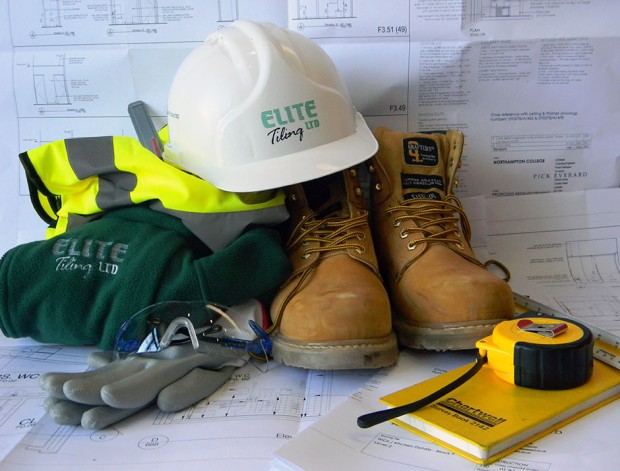<p style="text-align: justify">It won’t be all that long until the Health and Safety Executive will be celebrating its 200th birthday, although it didn’t start life with that name. It was formed in 1833 as the HM Factory Inspectorate and was the result of the Factory Acts of the same year which were mostly concerned with improving conditions for children working in factories but also required regular inspections. It wasn’t long before the acts were enlarged to include almost all premises where any work was carried out and as this happened, more powers were given to the inspectorate including the collection of statistics, which remains an important part of the work of the HSE to this day.</p>
<h2 style="text-align: justify"><strong>Working conditions that Shock us Today</strong></h2>
<p style="text-align: justify">Until the early 1930s, much of the legislation referred to children, their safety and their working hours although of course adults also benefitted from improved health and safety measures. Inspectors who had gone through safety training courses soon made sure that everywhere was safer to work but especially from 1878 when the factory acts in all their different versions became applicable to all trades and not just to the textile and mining industries as had previously been the general case. It still seems shocking that the acts still needed clauses restricting the working hours of 10-14 year olds but at least the under-tens were no longer allowed to work. Rudimentary health measures were beginning to be brought in, with annual lime-washing of walls becoming mandatory to get rid of pests and vermin.</p>
<h2 style="text-align: justify"><strong>Rate of change Begins to Slow</strong></h2>
<p style="text-align: justify">The early factories acts made huge changes to the working conditions in the UK, most especially those of children but the introduction of inspectors is probably the only change which still stands today almost unchanged. The collection of figures in the case of accidents or death began quite comprehensively in 1844 and these are available today, making very interesting reading. The causes of death were often given in phraseology not recognizable today but nonetheless show that things were very different in the early days. Once working hours and the ages of children allowed to work in factories were under control the amazing number of clauses in subsequent acts were reduced, but with every year, it became safer in the workplace.</p>
<h2 style="text-align: justify"><strong>New Technology</strong></h2>
<p style="text-align: justify">New technology in the 20th century has meant that the HSE has had to keep up with a lot of change. The nuclear industry alone has caused a huge amount retraining of staff both in the inspection arm and also working with this, at first, largely untried commodity. Although IT does not carry the same risks as nuclear power, there have been many new conditions, such as RSI, that a Victorian inspector would never recognise. On the other hand, the thought of having to log the cause of death of a seven year old from injuries in the workplace is happily something that no one will ever have to do again. It is crazy how things change when you take the time to look back.</p>
<p style="text-align: justify">Article by Rebecca Fearn, freelance copywriter, who often writes for Boss Training.</p>

A Brief History Of The Health And Safety Executive
